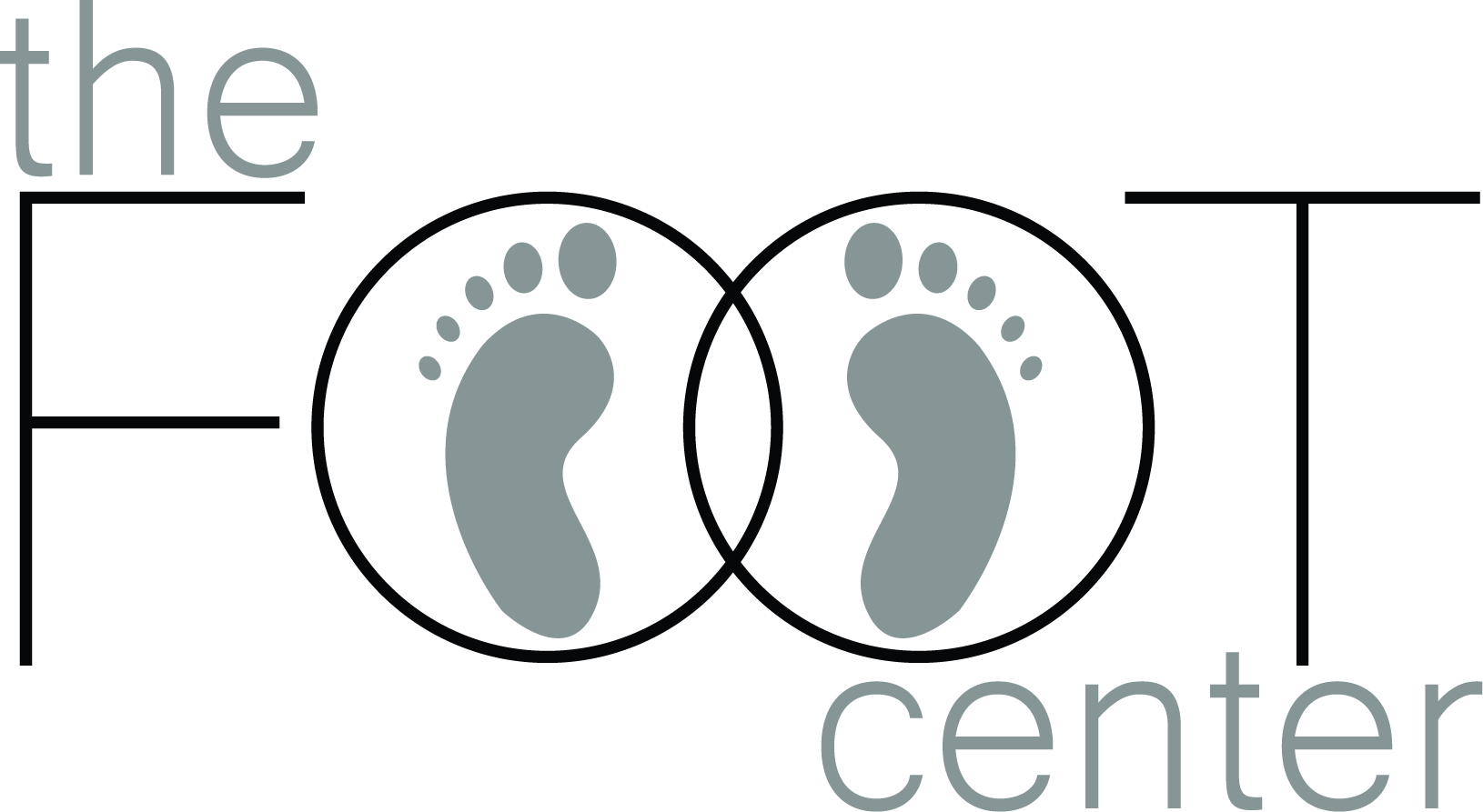Healing Chronic Wounds (With A Podiatrist’s Help!)
For most people, a small cut or scrape on the foot is a minor annoyance that heals in a few days. But for individuals with diabetes or poor circulation, a simple sore can become a chronic, non-healing wound that poses a serious threat to their health. It’s a frightening and stressful situation, but The Foot Center Inc. is here to help! This blog covers the basics of wounds, when to seek expert care, and more.
What Makes a Foot Wound a Serious Problem?
A wound becomes a major concern when your body’s natural healing process is impaired. This is particularly common in the feet, which are far from the heart and subject to constant pressure.
The primary reasons a wound may fail to heal include:
- Diabetes: High blood sugar can damage nerves (neuropathy), reducing sensation and making it easy to miss an initial injury. It also damages blood vessels, reducing the blood flow needed for healing.
- Peripheral Artery Disease (PAD): Narrowed arteries in the legs dramatically reduce the amount of oxygen-rich blood that can reach a wound, stalling healing.
- Chronic Venous Insufficiency: Weakened veins can cause fluid to pool in the legs, creating pressure that prevents wounds from closing properly.
Don’t Ignore These Warning Signs
If you have a sore on your foot or ankle, you should be watching for these critical signs that demand immediate professional medical attention:
- [✔] It Isn’t Healing: The wound has shown little or no improvement after two weeks.
- [✔] Signs of Infection: You notice increasing redness, warmth spreading from the wound, swelling, or any discharge or pus.
- [✔] A Foul Odor: Any unpleasant smell coming from the wound is a major red flag for infection.
- [✔] Worsening Pain: The pain in or around the wound is getting worse, not better.
- [✔] Changes in Color: The skin around the wound is becoming darkened or discolored.
Our Approach to Advanced Wound Care
Treating a chronic wound requires a specialized, multi-faceted approach. Your treatment plan will be tailored to your specific needs and may include:
- Debridement: This is the process of carefully removing any unhealthy, dead, or infected tissue from the wound. This is a crucial step that allows healthy new tissue to begin to grow.
- Specialized Dressings: We use advanced wound dressings that are designed to create the optimal moist environment for healing, manage drainage, and protect the wound from bacteria.
- Offloading: A key part of healing a foot wound is taking pressure off of it. We may use special shoes, boots, or custom orthotics to redistribute your weight and allow the wound to heal.
- Infection Management: If an infection is present, we will manage it with appropriate medications and treatments to get it under control quickly.
The Podiatrist’s Role: Dramatically Improving Your Outcome
When a podiatrist is part of your routine care team, the outcomes for chronic wounds improve dramatically. Studies have shown that regular care from a podiatrist can reduce the risk of amputation and hospitalization.
Affected by a chronic wound? Wondering about options? Get in touch!
The Foot Center, Inc. provides comprehensive podiatric care for all your foot and ankle needs. Led by Dr. Noel Patel and Dr. William Eng, our team provides personalized treatment plans using the latest techniques and technology. Contact us today to schedule an appointment at one of our five convenient locations: Richmond, Colonial Heights, Henrico-East End, Chester, and Kilmarnock.


